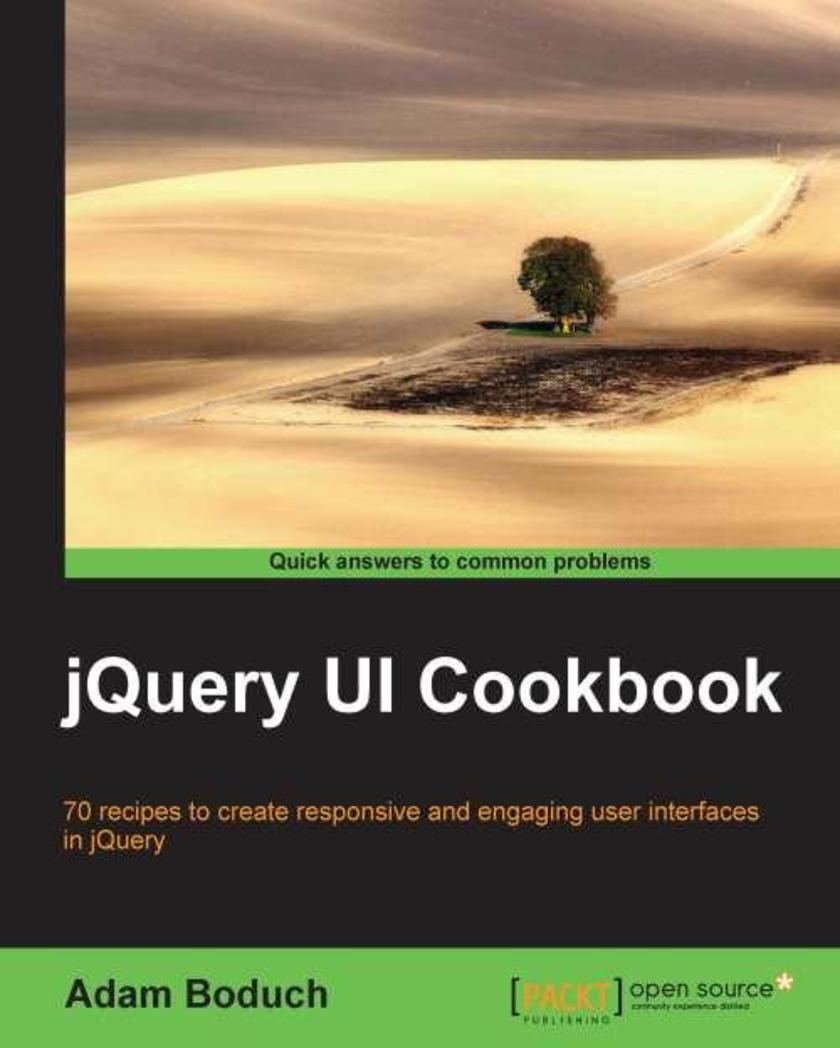
jQuery UI Cookbook
¥90.46
Filled with a practical collection of recipes, jQuery UI Cookbook is full of clear, step-by-step instructions that will help you harness the powerful UI framework in jQuery. Depending on your needs, you can dip in and out of the Cookbook and its recipes, or follow the book from start to finish.If you are a jQuery UI developer looking to improve your existing applications, extract ideas for your new application, or to better understand the overall widget architecture, then jQuery UI Cookbook is a must-have for you. The reader should at least have a rudimentary understanding of what jQuery UI is, and have written some code that uses jQuery UI.
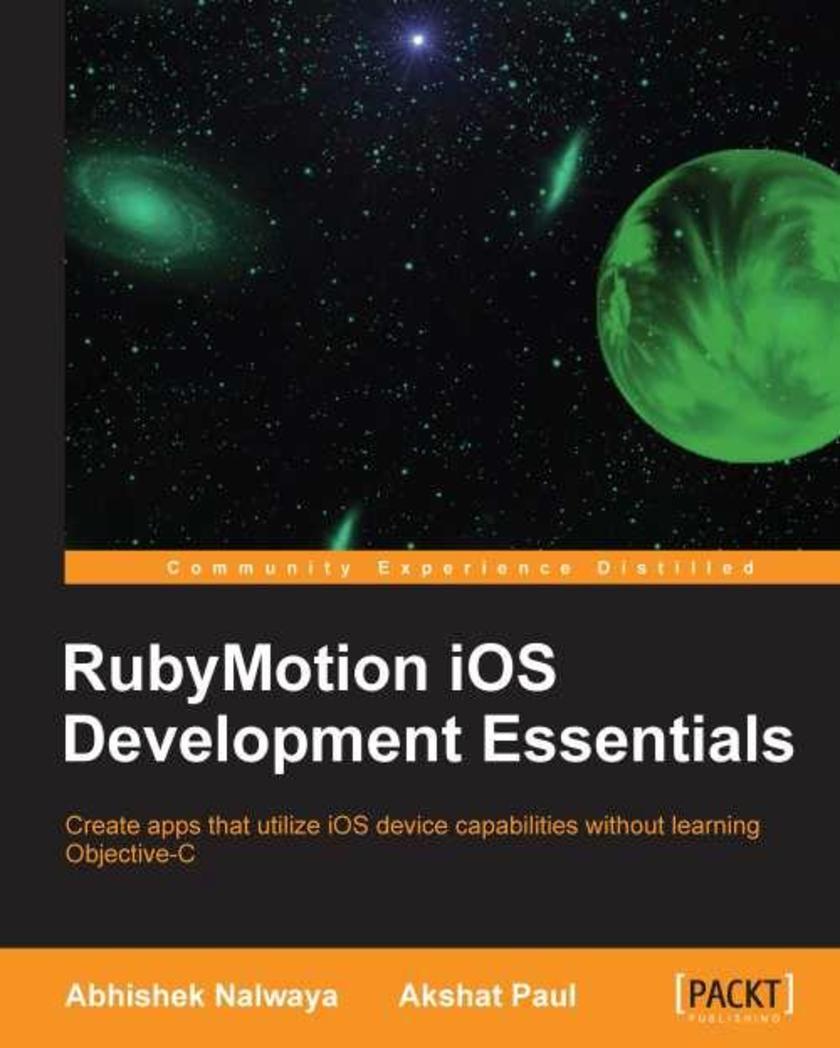
RubyMotion iOS Develoment Essentials
¥80.65
This is a step-by-step book that builds on your knowledge by adding to an example app over the course of each chapter. Each topic uses example code that can be compiled and tested to show how things work practically instead of just telling you the theory. Complicated tasks are broken down into easy to follow steps with clear explanations of what each line of code is doing.Whether you are a novice to iOS development or looking for a simpler alternative to Objective-C; with RubyMotion iOS Development Essentials, you will become a pro at writing great iOS apps
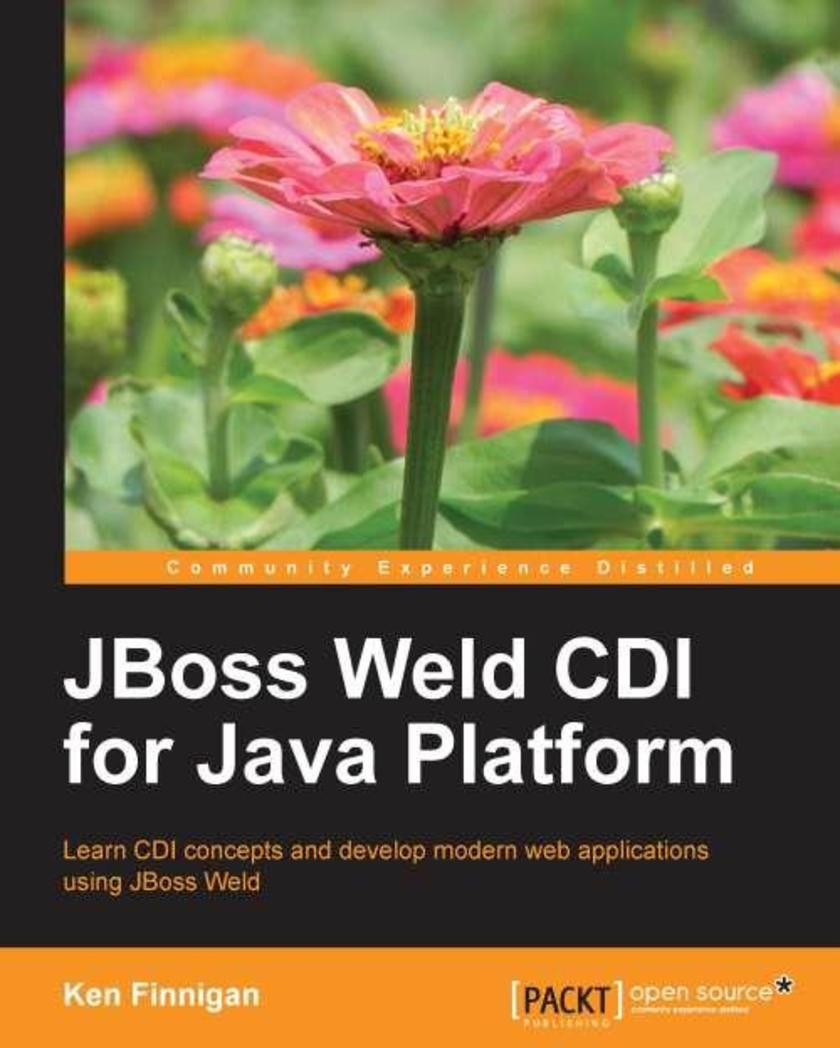
JBoss Weld CDI for Java Platform
¥54.49
This book is a mini tutorial with plenty of code examples and strategies to give you numerous options when building your own applications."JBoss Weld CDI for Java Platform" is written for developers who are new to dependency injection. A rudimentary knowledge of Java is required.
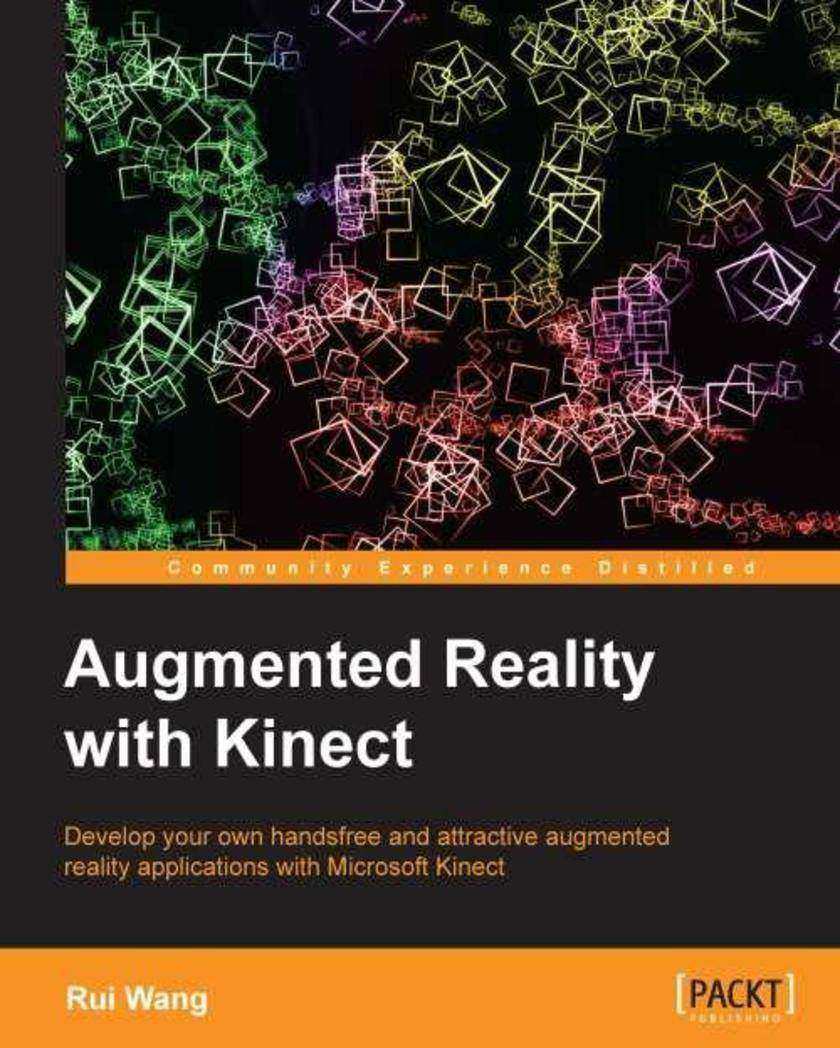
Augmented Reality with Kinect
¥63.21
This book is a mini tutorial with plenty of code examples and strategies to give you many options when building your own applications.This book is meant for readers who are familiar with C/C++ programming and want to write simple programs with Kinect. The standard template library can also be used as it is simple enough to understand.
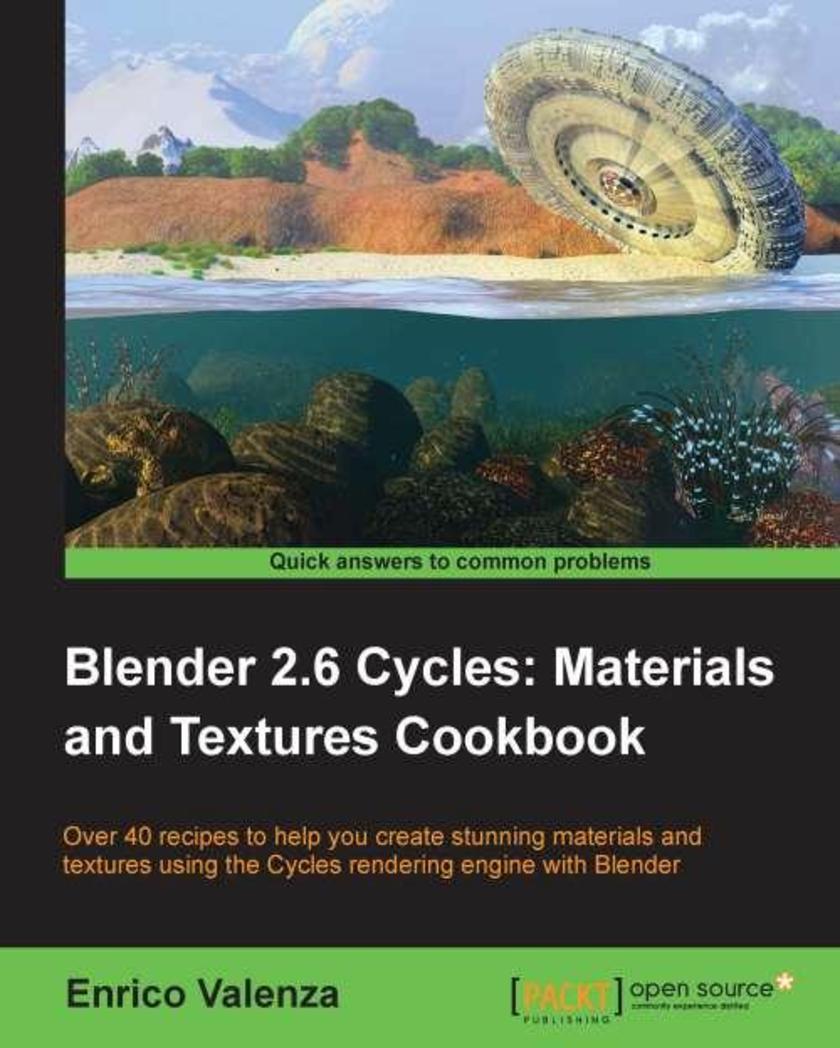
Blender 2.6 Cycles: Materials and Textures Cookbook
¥80.65
Written in a friendly, practical style this Cookbook deep-dives into a wide-array of techniques used to create realistic materials and textures.This book is perfect for you if you have used Blender before but are new to the impressive Cycles renderer. You should have some knowledge of the Blender interface, though this is not a strict requirement. If you want to create realistic, stunning materials and textures using Cycles, then this book is for you!
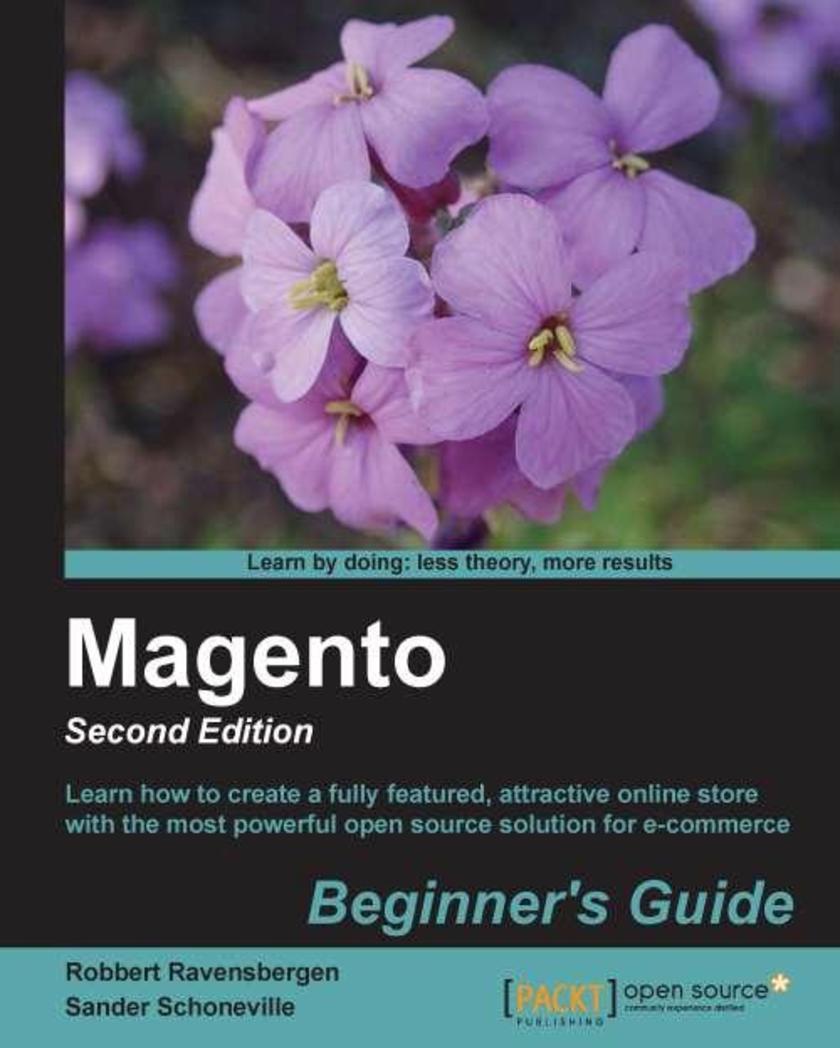
Magento Beginner's Guide Second Edition
¥90.46
This book is written in a friendly, beginner’s guide style with plenty of step-by-step instructions for installing, configuring, and using Magento to run your own e-commerce site. We will set up an example store in the book with enough information to adapt the instructions according to your needs.This book is for anyone who wants to create an online store using Magento. If you are a non-technical person and are discouraged by the complexity of this powerful e-commerce application, this book is ideal for you. This book would also suit someone with e-commerce knowledge but requires a guide to getting started with Magento.
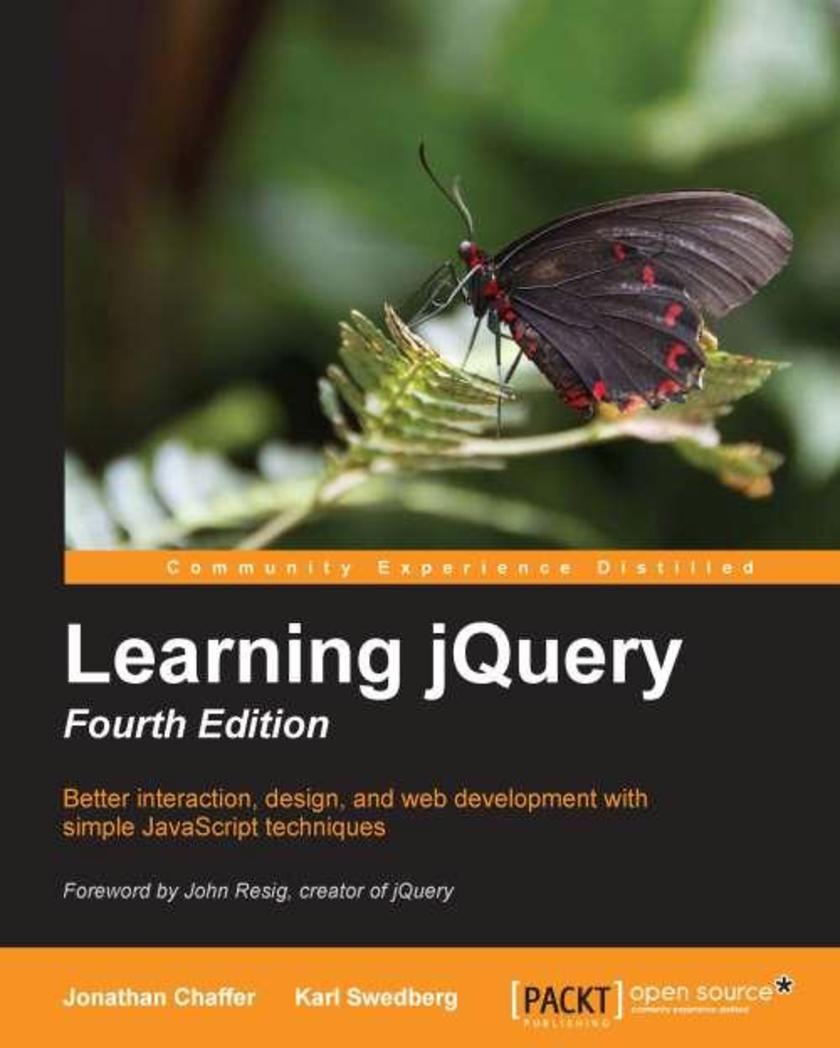
Learning jQuery Fourth Edition
¥71.93
Step through each of the core concepts of the jQuery library, building an overall picture of its capabilities. Once you have thoroughly covered the basics, the book returns to each concept to cover more advanced examples and techniques.This book is for web designers who want to create interactive elements for their designs, and for developers who want to create the best user interface for their web applications. Basic JavaScript programming and knowledge of HTML and CSS is required. No knowledge of jQuery is assumed, nor is experience with any other JavaScript libraries.
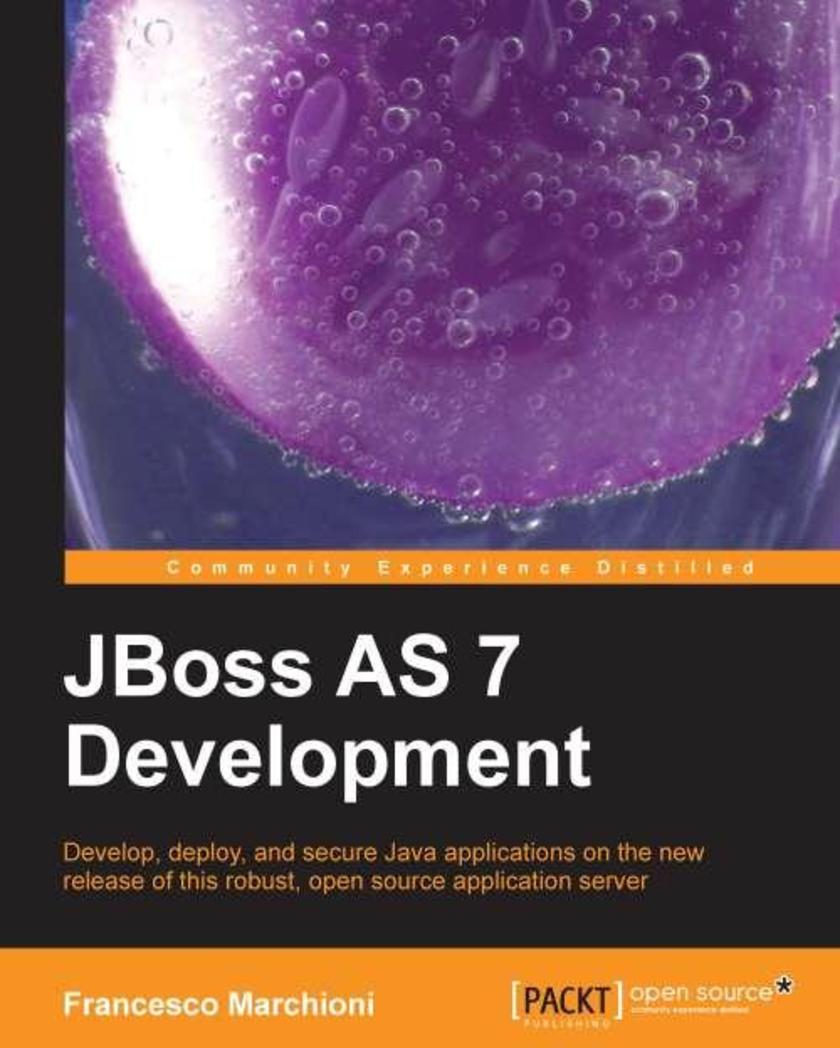
JBoss AS 7 Development
¥90.46
This book will kick-start your productivity and help you to master JBoss AS development. The author's experience with JBoss enables him to share insights on JBoss AS development in a clear and friendly way. By the end of the book, you will have the confidence to apply all the newest programming techniques to your JBoss applications.If you are a Java architect or developer who wants to get the most out of the latest release of the JBoss application server, then this book is for you. You are not expected to have accumulated experience on the application server though you must know the basic concepts of Java EE.
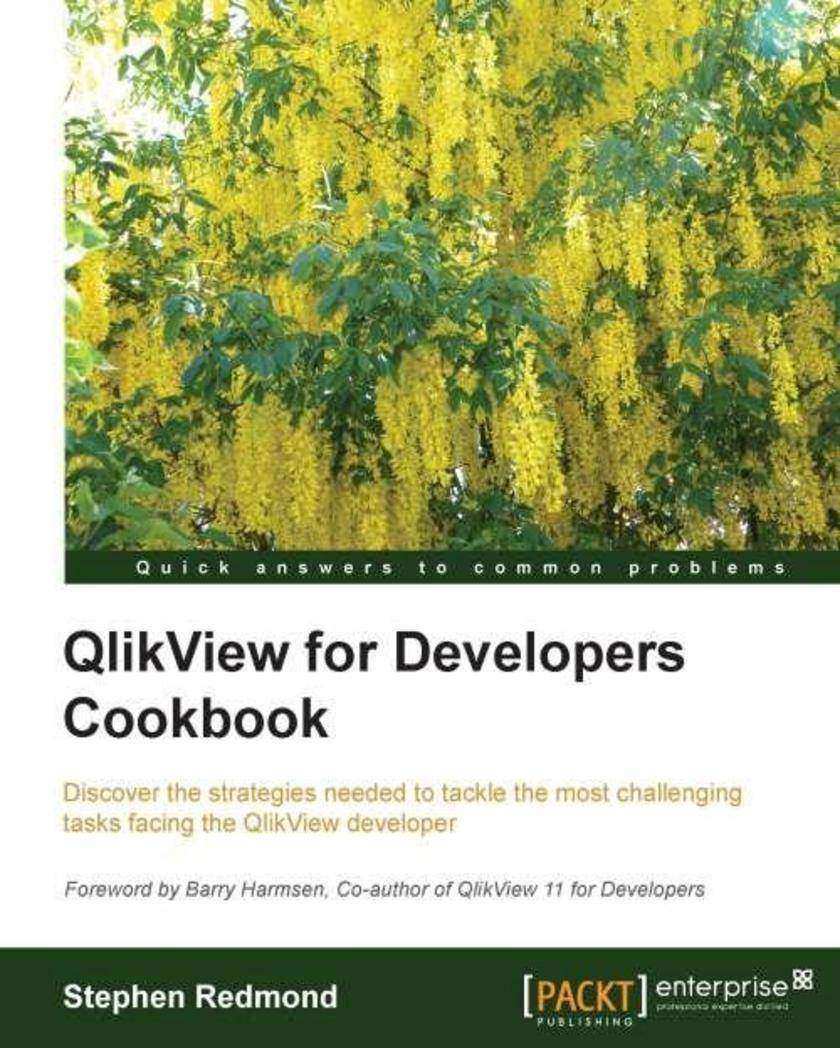
QlikView for Developers Cookbook
¥80.65
The recipes in this Cookbook provide a concise yet practical guide on how to become an excellent QlikView developer. The book begins with intermediate level recipes and then moves on to more complex recipes in an incremental manner.This book is for anyone who has either attended QlikView Developer training or has taught themselves QlikView from books or online sources. You might be working for a QlikView customer, partner, or even QlikView themselves (or want to!) and want to improve your QlikView skills.
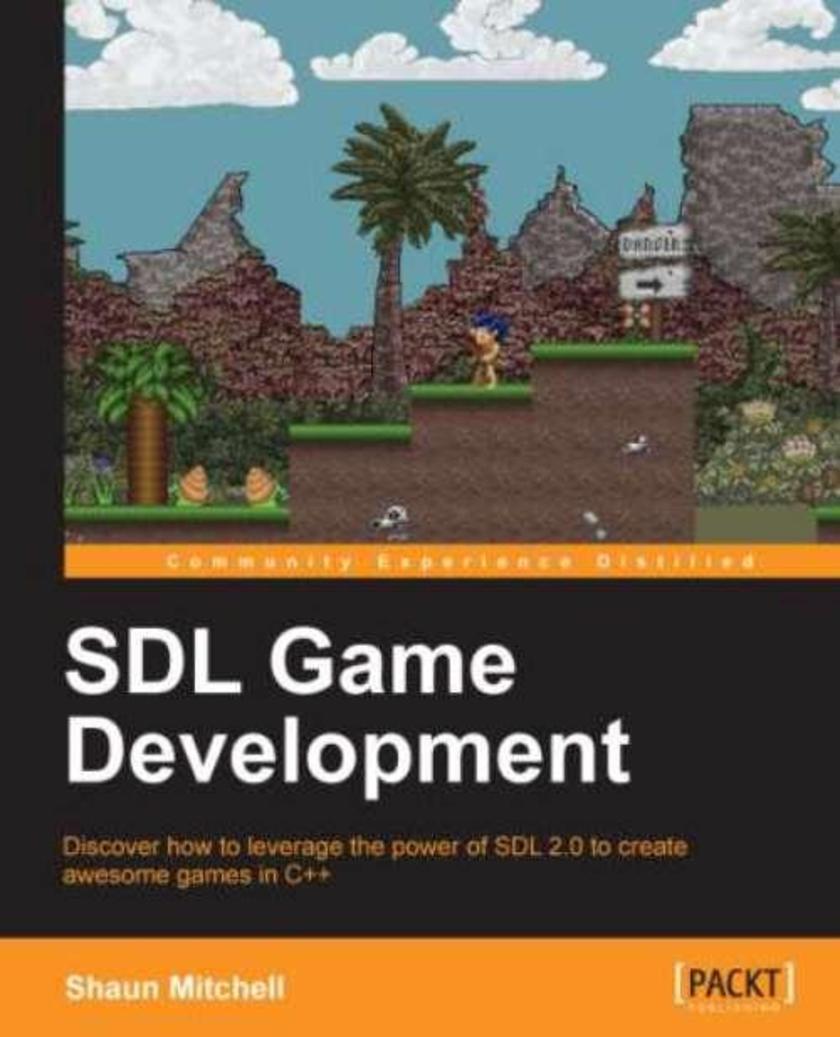
SDL Game Development
¥80.65
Written as a practical and engaging tutorial, SDL Game Development guides you through developing your own framework and the creation of two engaging games.If you know C++ and you’re looking to make great games from the ground up, then this book is perfect for you.
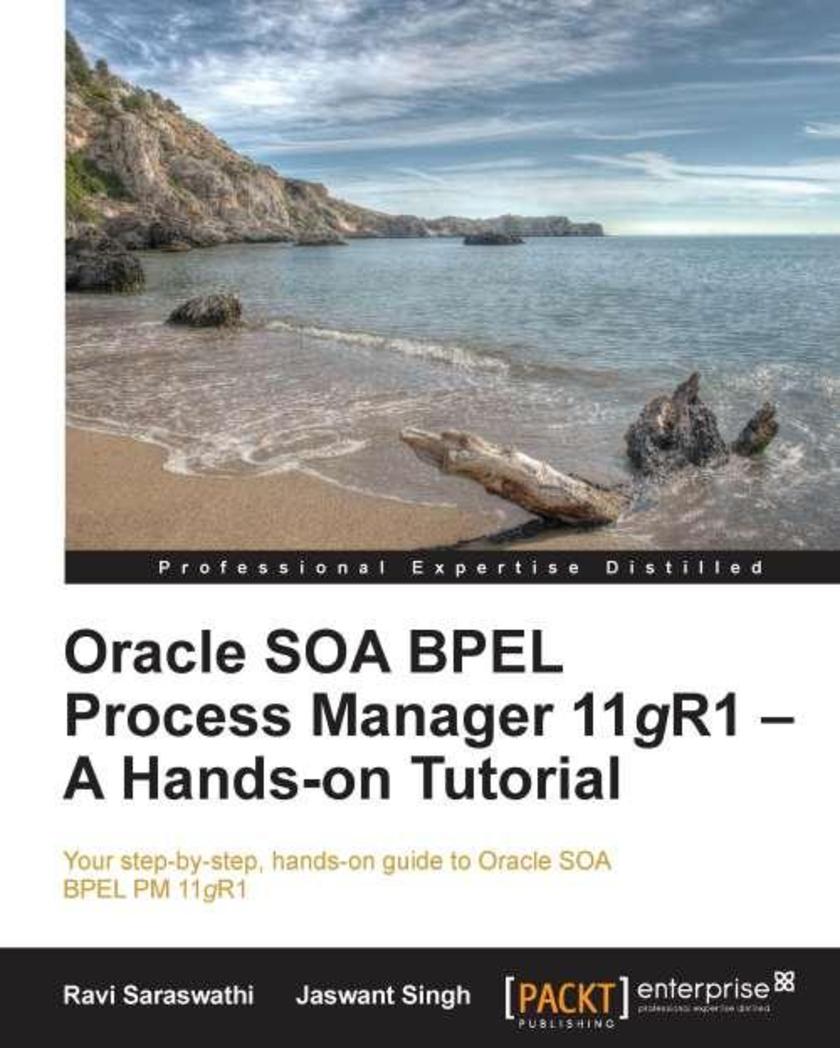
Oracle SOA BPEL Process Manager 11gR1 – A Hands-on Tutorial
¥99.18
This hands-on, example-driven guide is a practical getting started tutorial with plenty of step-by-step instructions for beginner to intermediate level readers working with BPEL PM in Oracle SOA SuiteWritten for SOA developers, administrators, architects, and engineers who want to get started with Oracle BPEL PM 11g. No previous experience with BPEL PM is required, but an understanding of SOA and web services is assumed
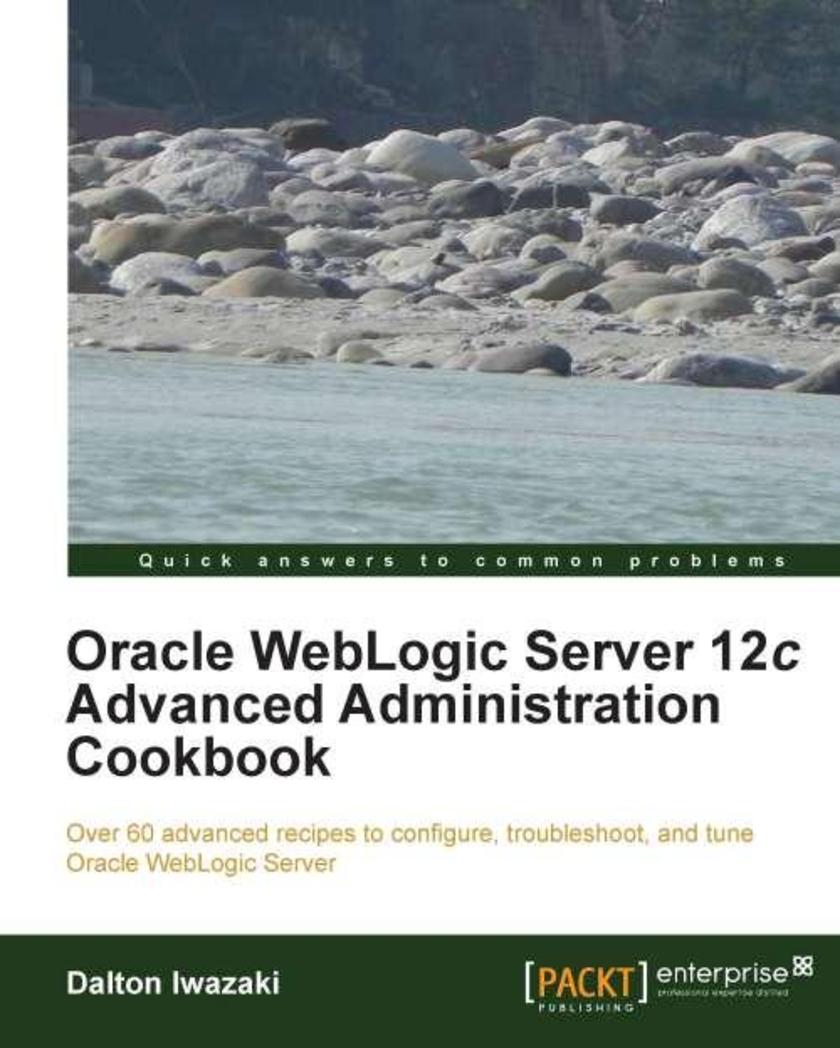
Oracle WebLogic Server 12c Advanced Administration Cookbook
¥90.46
Using real life problems and simple solutions this book will make any issue seem small. WebLogic Server books can be a bit dry but Dalton keeps the tone light and ensures no matter how complex the problem you always feel like you have someone right there with you helping you along.This book is ideal for those who know the basics of WebLogic but want to dive deeper and get to grips with more advanced topics. So if you are a datacenter operator, system administrator or even a Java developer this book could be exactly what you are looking for to take you one step further with Oracle WebLogic Server.
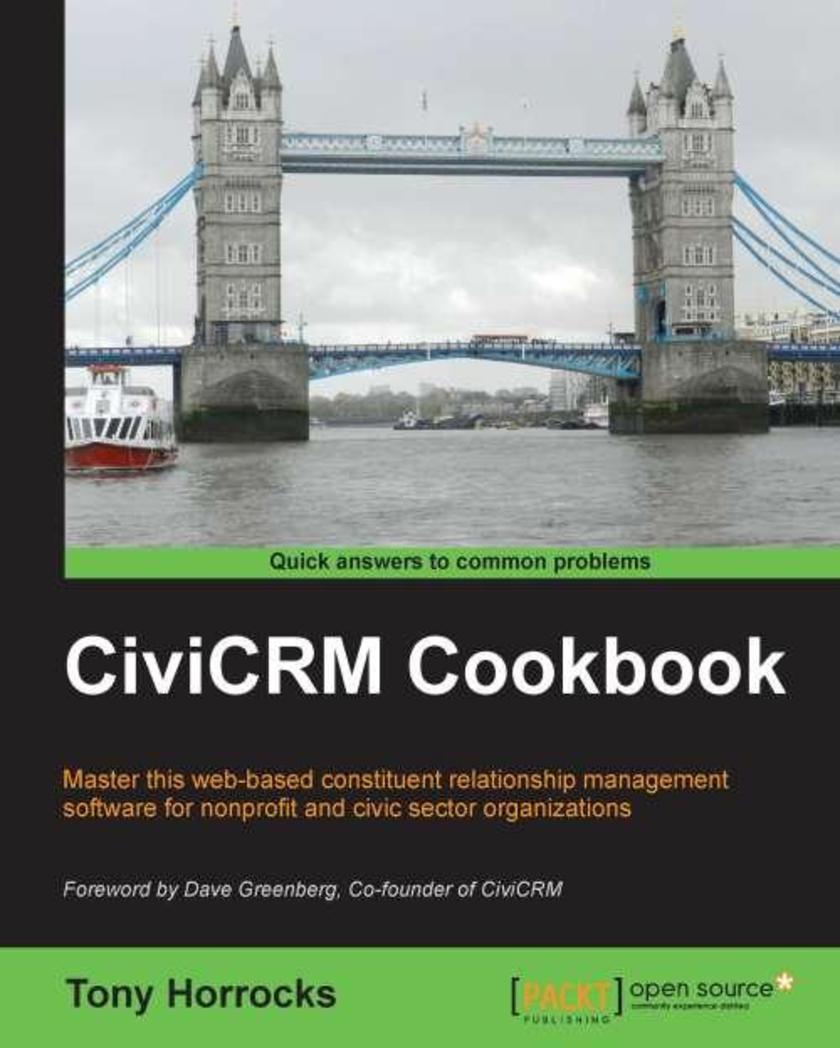
CiviCRM Cookbook
¥80.65
This book is written in cookbook style with practical, comprehensive recipes expained with the aid of the necessary screenshots.If you have basic CiviCRM skills and want to further enhance your CiviCRM skills, this book is for you.
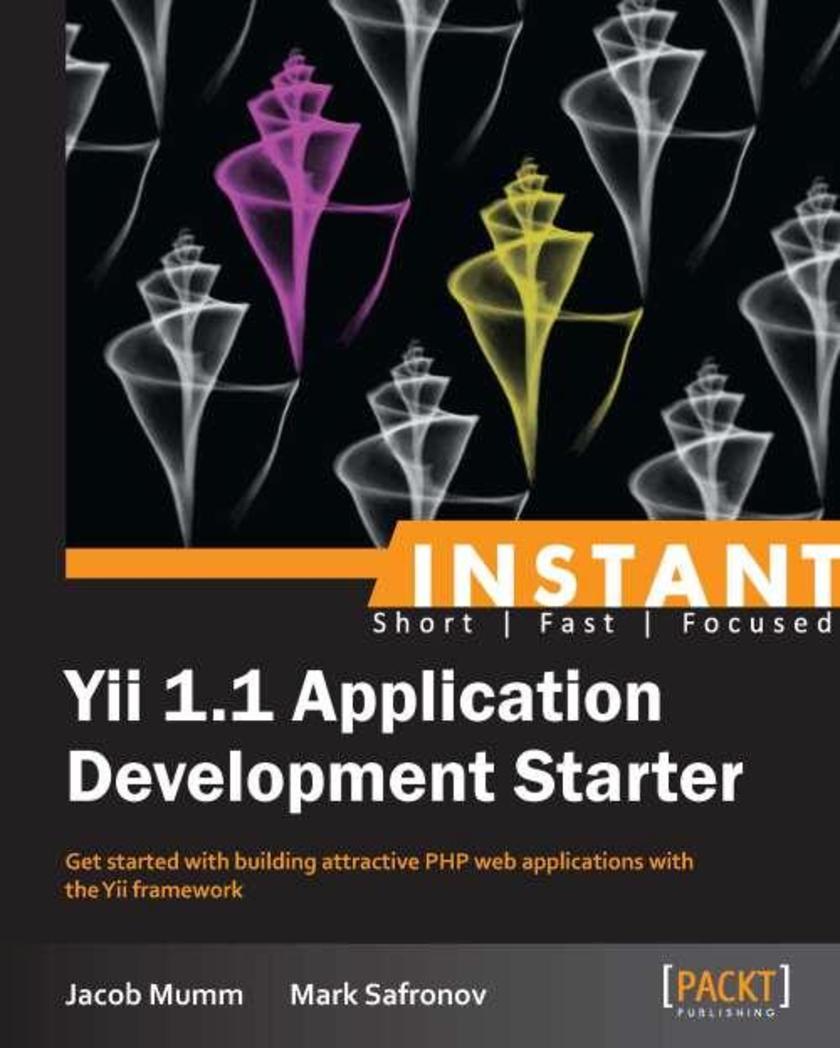
Instant Yii 1.1 Application Development Starter
¥41.41
Get to grips with a new technology, understand what it is and what it can do for you, and then get to work with the most important features and tasks. A concise guide that delivers immediate results with practical recipes that give you useful hints and tips on avoiding the pitfalls in Eclipse 4 development.This book is aimed at developers with some basic programming experience and a general understanding of relational databases, or anyone who is ready to take their development to the next level with framework-driven development. A basic understanding of MySQL, PHP, HTML, and HTTP is expected.
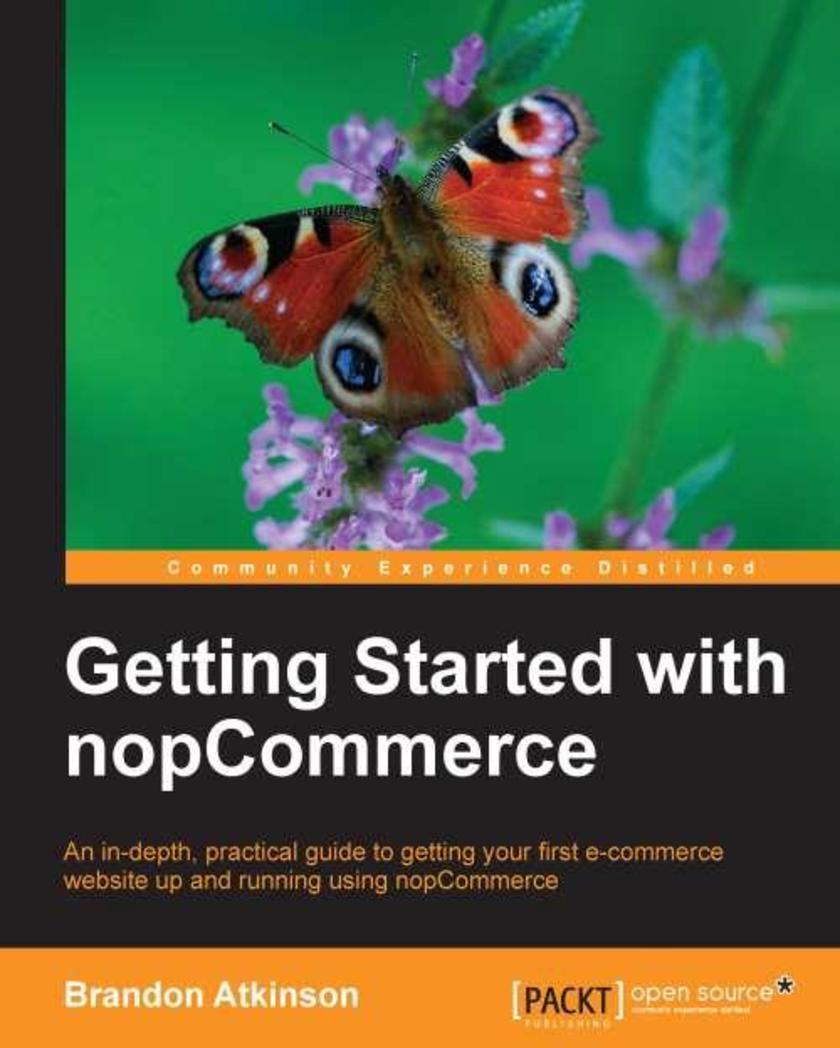
Getting Started with nopCommerce
¥63.21
A friendly, tutorial style book, which will help you learn your way through creating a live storefront with nopCommerce in a step-by-step manner.Getting Started with nopCommerce is for anyone who wants to sell products online using nopCommerce. If you are a non-technical person and are discouraged by the complexity of this powerful e-commerce application, then this book is for you.

World of Warcraft Gold Strategy Guide
¥54.49
Rich with examples, detailed breakdowns, and step-by-step instructions, this book gets down to the nuts and bolts of gold making, to help you become a World of Warcraft gold tycoon.This book is for every World of Warcraft player who’s tired of scrapping for gold or has ever wanted to be the one showing off expensive items in town.
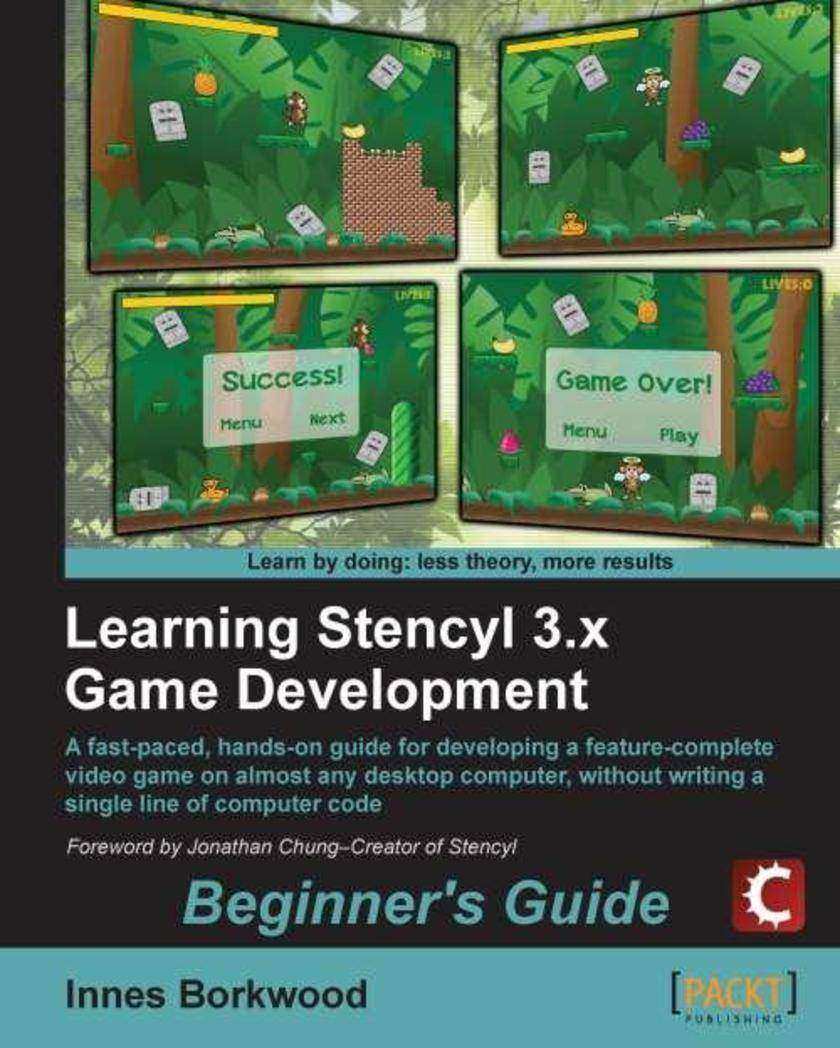
Learning Stencyl 3.x Game Development: Beginner's Guide
¥80.65
A step-by-step, practical tutorial with a no-nonsense approach. The book starts by showing readers how to create a playable game that is fully-functioning, then moves on to demonstrate how to fine-tune the game with eye-catching graphics techniques, audio-effects and more.This book is for indie and existing game developers and those who want to get started with game development using Stencyl. Some understanding of Objective-C, C++, and game development basics is recommended. People with some programming experience may also find this book useful.

Instant Redis Optimization How-to
¥45.77
Filled with practical, step-by-step instructions and clear explanations for the most important and useful tasks. This book is written in a concise, focused style with numerous practical and hands-on recipes and examples. If you want to leverage Redis to create blazing fast applications, then this book is for you.This book is for developers who are already proficient in programming and traditional databases and want to start learning about Redis for its simplicity and fast performance. A basic understanding of Linux and proficiency in a programming language are required to get the most out of this book.
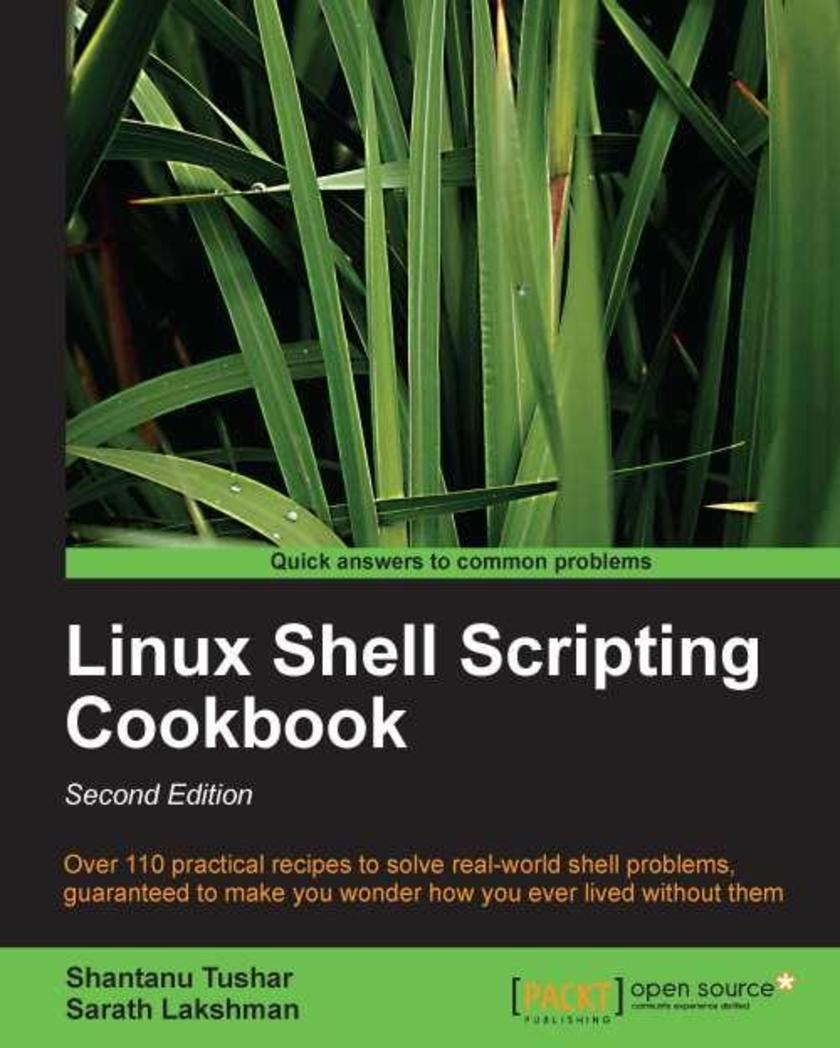
Linux Shell Scripting Cookbook, Second Edition
¥80.65
This book is written in a Cookbook style and it offers learning through recipes with examples and illustrations. Each recipe contains step-by-step instructions about everything necessary to execute a particular task. The book is designed so that you can read it from start to end for beginners, or just open up any chapter and start following the recipes as a reference for advanced users.If you are a beginner or an intermediate user who wants to master the skill of quickly writing *s to perform various tasks without reading the entire manual, this book is for you. You can start writing *s and one-liners by simply looking at the similar recipe and its de*ions without any working knowledge of shell *ing or Linux. Intermediate/advanced users as well as system administrators/ developers and programmers can use this book as a reference when they face problems while coding.
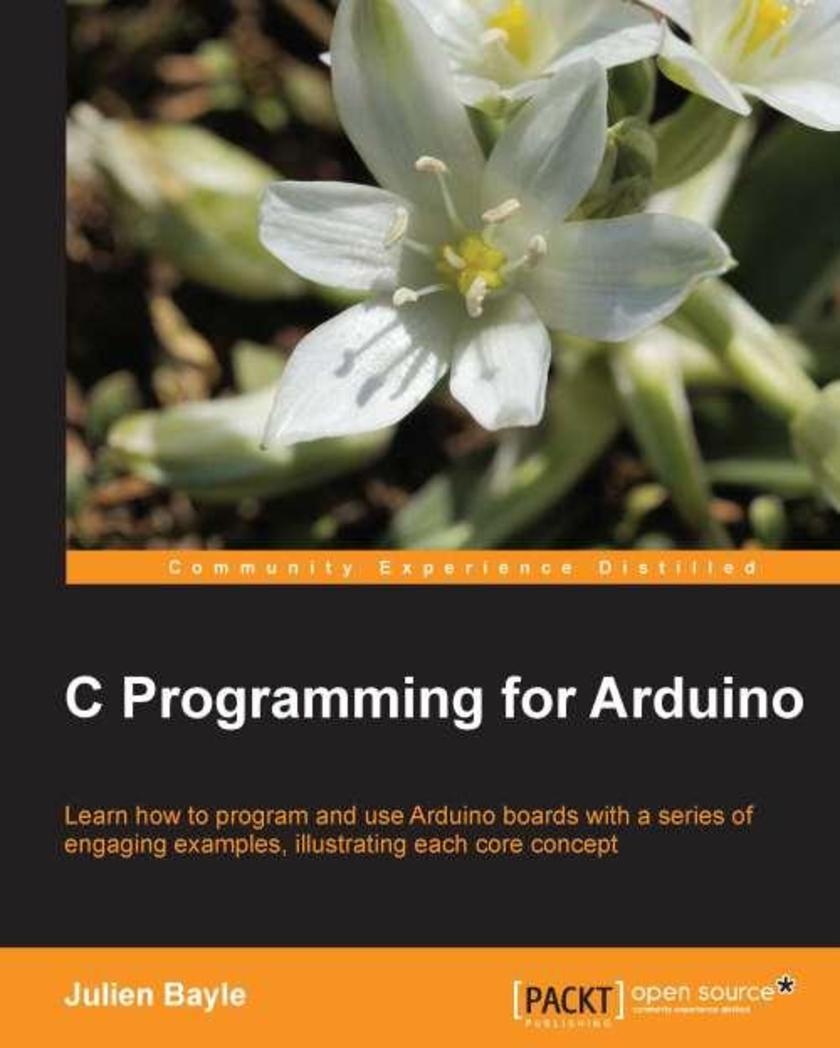
C Programming for Arduino
¥90.46
Written as a practical Packt book brimming with engaging examples, C Programming for Arduino will help those new to the amazing open source electronic platform so that they can start developing some great projects from the very start.This book is great for people who want to learn how to design & build their own electronic devices. From interaction design art school students to the do-it-yourself hobbyist, or even simply people who want to learn electronics, this book will help by adding a new way to design autonomous but connected devices.
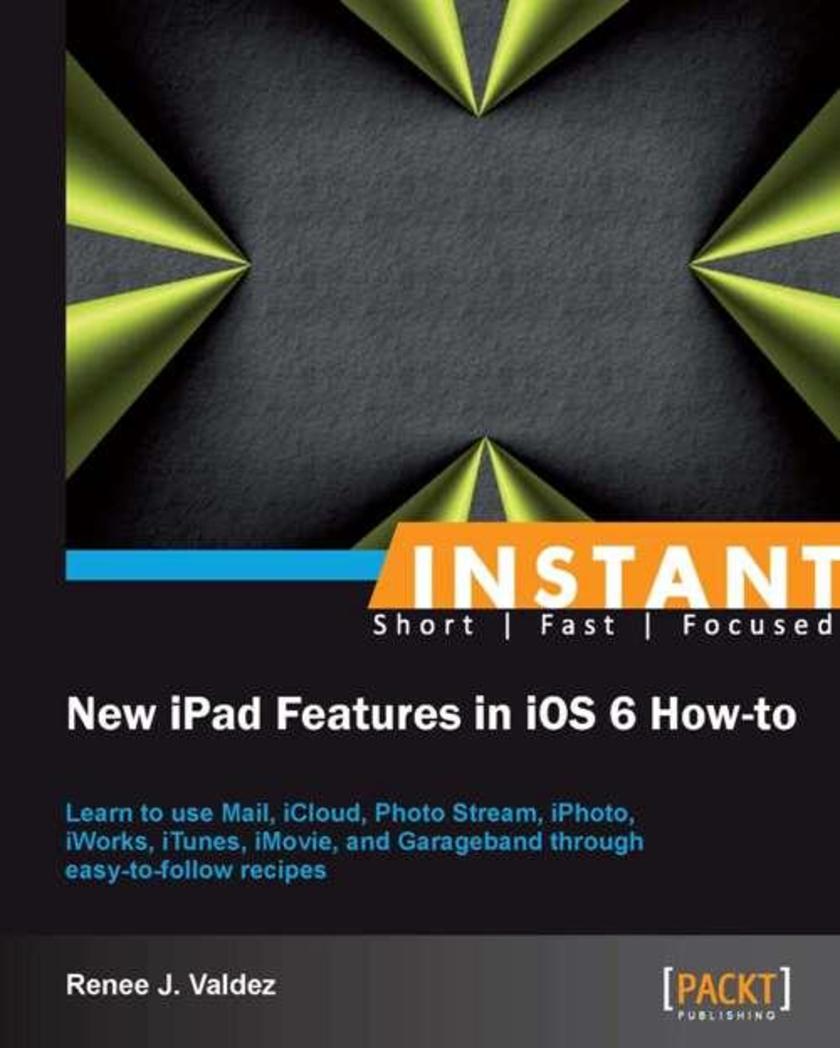
Instant New iPad Features in iOS 6 How-to
¥35.96
Filled with practical, step-by-step instructions and clear explanations for the most important and useful tasks. Get the job done and learn as you go. A how-To book with practical recipes accompanied with rich screenshots for easy comprehension. "The New iPad: Using New Features in iOS 6 How-To" is for anyone somewhat familiar with an iPad but wanting to get an overview of its new features. A basic understanding of touch devices is good but not necessary. The recipes walk you through everything you need to know to accomplish each task. Good for the novice and the expert, there's something in here for everyone.




 购物车
购物车 个人中心
个人中心



